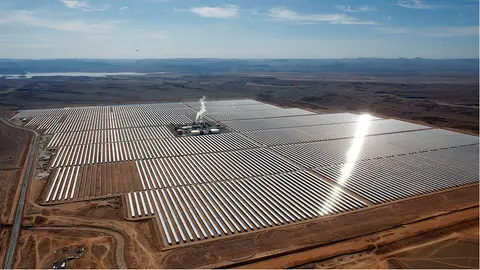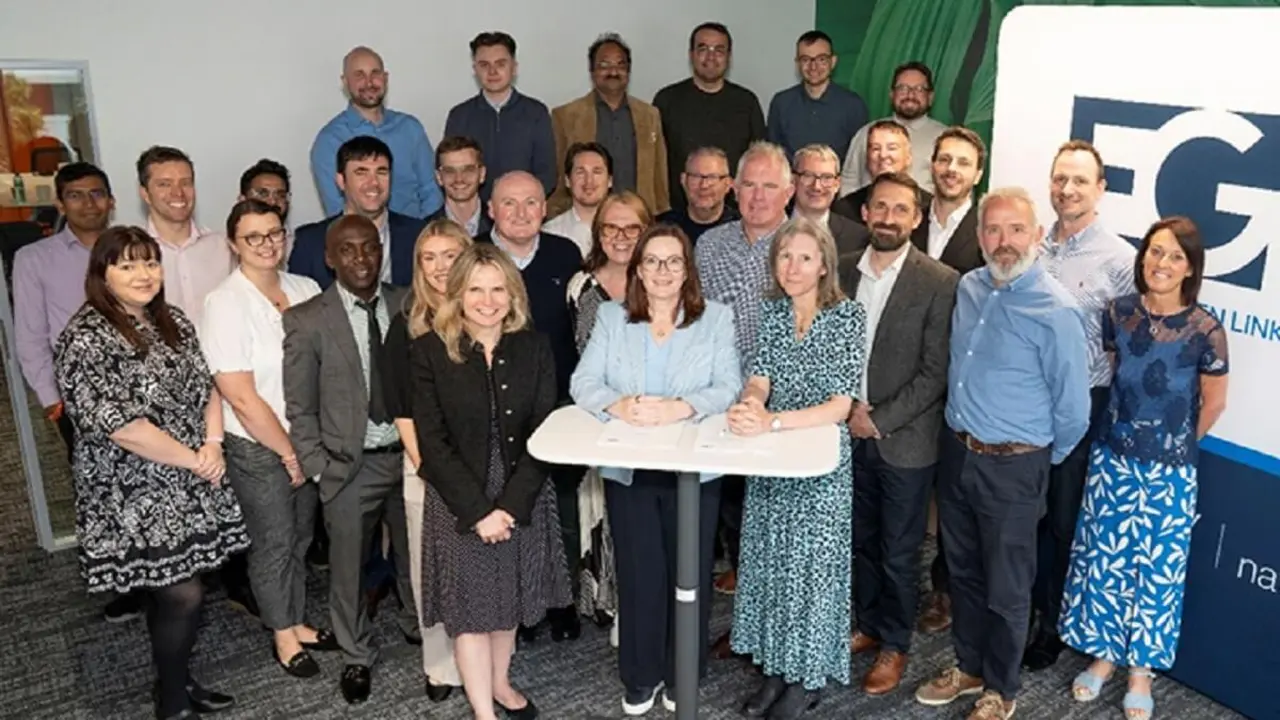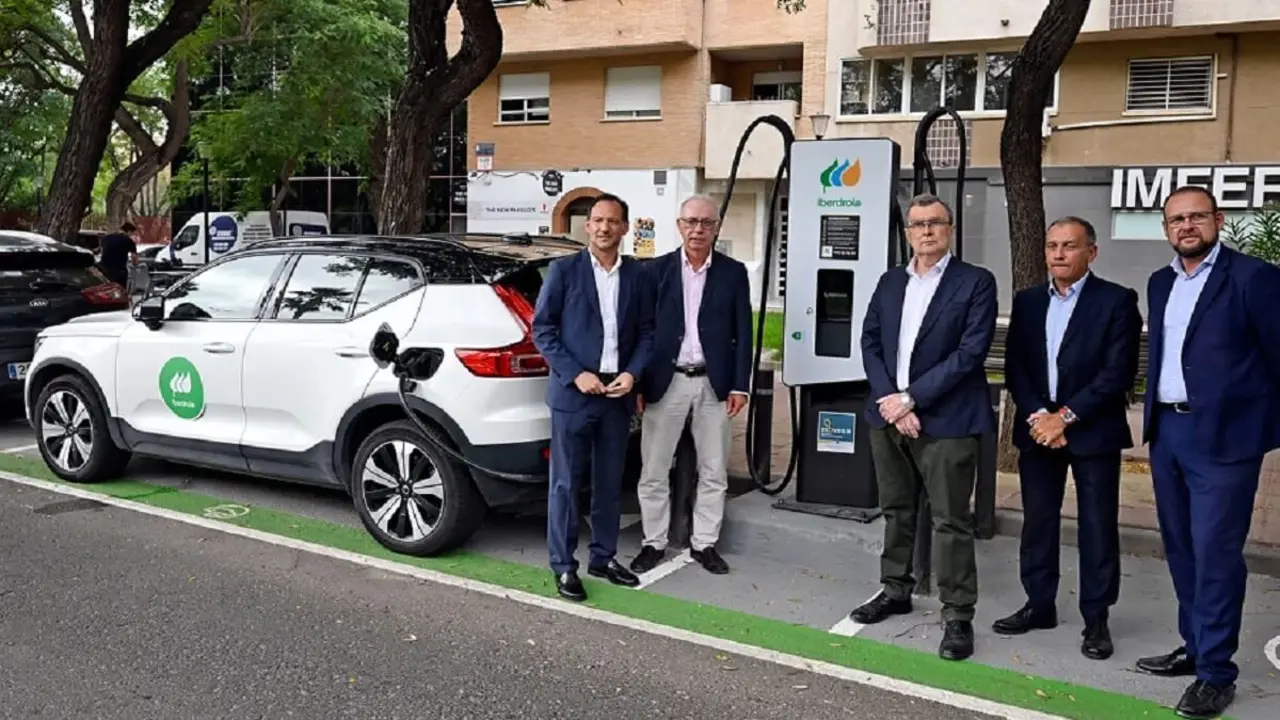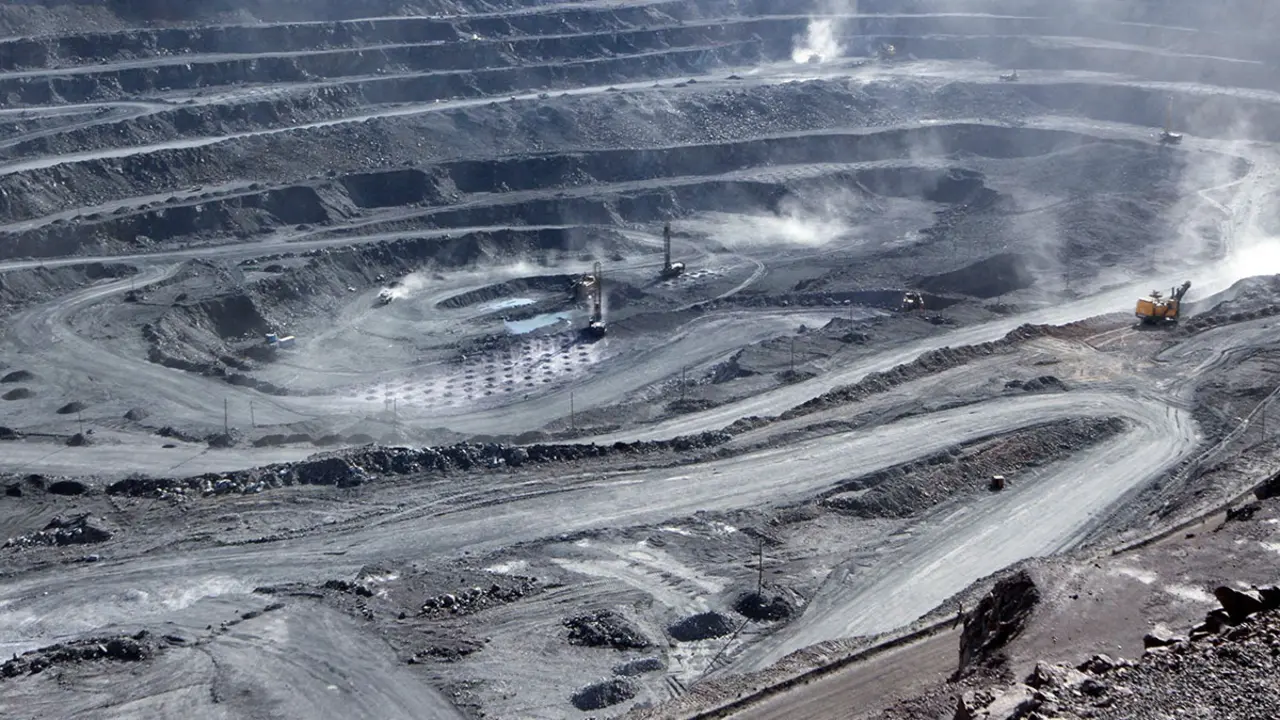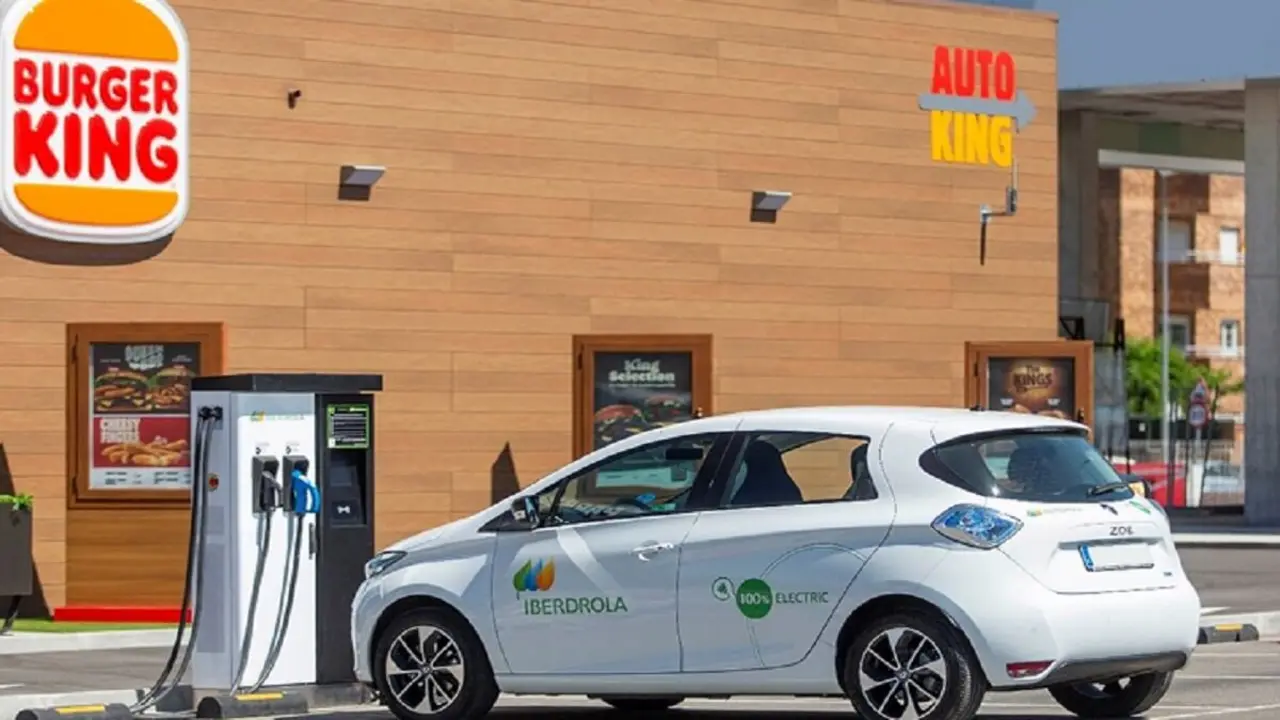The German Development Bank gives the Noor I power plant in Ouarzazate a resounding thumbs up
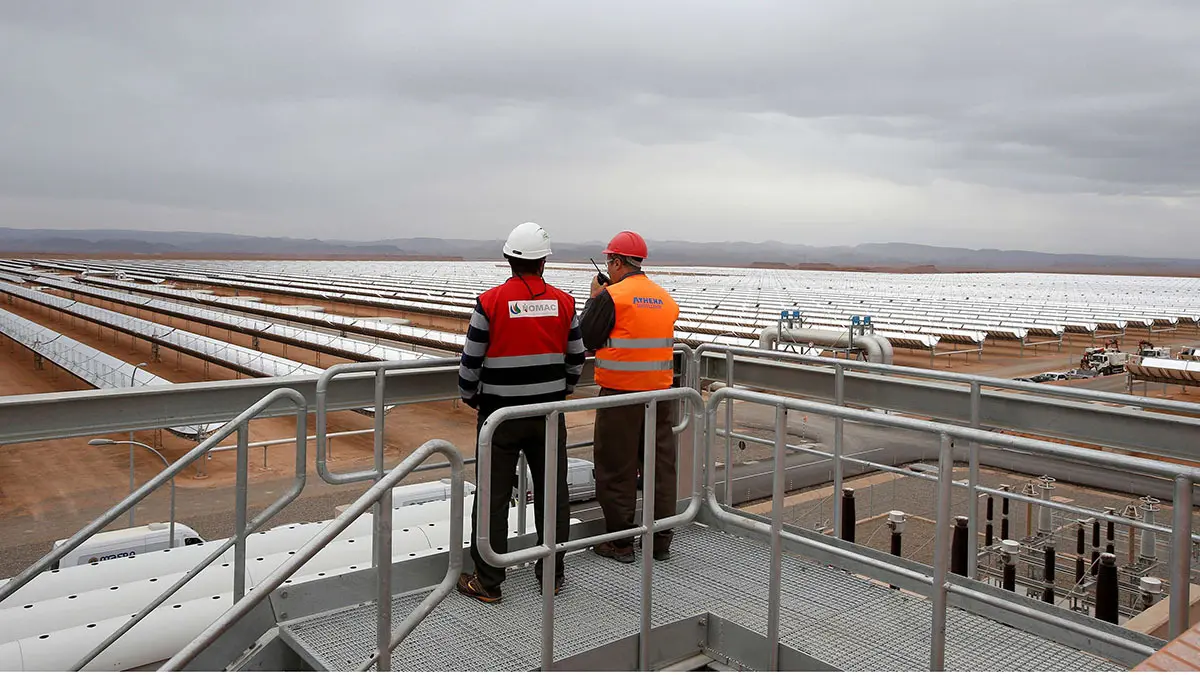
After an extensive evaluation period, the German Development Bank (KfW) has assessed that the Moroccan solar thermal power plant Noor I Ouarzazate meets the six criteria established by the Development Assistance Committee (DAC) of the Organisation for Economic Co-operation and Development (OECD) with the highest score.
This means that one of the largest solar energy complexes in the world is now established as a technological success in Morocco, despite recent technical faults that have already been rectified.
The Noor solar thermal power plant is a Moroccan initiative to promote Africa's energy transition and is part of the Moroccan kingdom's plans for a transition to clean energy. In line with this, according to the African Development Bank, Morocco aims to have renewable energies account for 52% of its energy mix by 2030.
The project, covering an area of 3,000 hectares and comprising four power plants, began operating in 2016 and has since been financed by the German government and KfW.
In terms of the energy efficiency of the power plant, the assessment was very positive because it exceeds the anticipated gigawatt-hour production. The forecast was 370 GWh per year and the complex generates an average of 424 GWh. The assessors concluded that the productive success of Noor I can be integrated into Noor II, Noor III, Noor IV and Midelt.
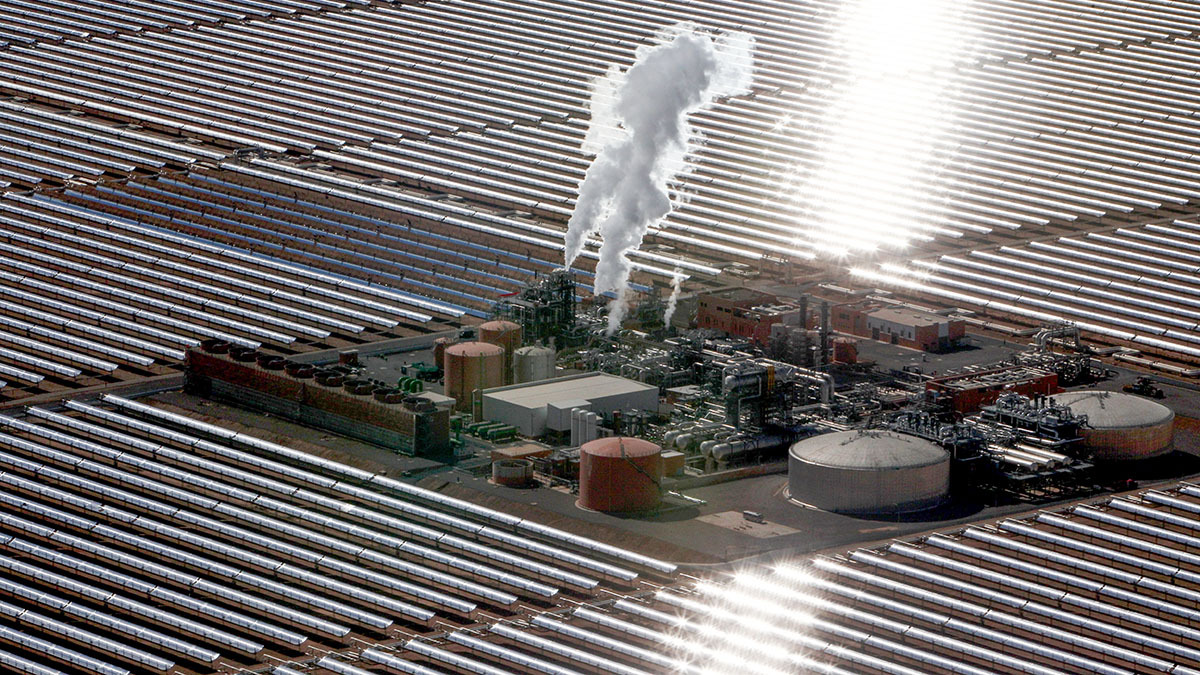
It also reduced CO2 emissions, thus avoiding almost 240,000 tonnes of pollution, a result that contributed to the perfect evaluation of the impact criterion.
The solar thermal energy technology (CSP) used for the first time on a large scale in the Moroccan solar thermal power plant was key to achieving the highest score in the relevance criterion. Noor I Ouarzazte covers the country's energy demands.
Excellent coordination between German and international public and private institutions through a steering committee led to a perfect score in the consistency criterion. The public-private partnership (PPP) model mobilised approximately 126 million dollars.
In this case, the German institutions are the Federal Ministry for Economic Cooperation and Development, the Federal Ministry for the Environment, Nature Conservation, Nuclear Safety and Consumer Protection, and the German Agency for International Development Cooperation. The international institutions are the African Development Bank, the French Development Agency, the European Investment Bank and the World Bank.
The final costs of Noor I also fell short of the planned total of 750 million euros (almost 634 million euros were spent, i.e. 16% less) and it also created 1,900 jobs in addition to financing 300 social projects. The economic return is 3.4% compared to the initial target of 0.9%.
The KfW evaluators were quite positive in their conclusions during the audit, however, the last sustainability criterion did not have the same positive conclusions.
The reasons for the low sustainability rating are because it affects the Moroccan Solar Energy Agency (MASEN) and because of the alarming decline in water levels in the El Mansour Eddhabi reservoir on which the solar thermal power plant depends for cooling.
KfW has concluded that Noor I is an inspiration for other locations such as the Emirate of Dubai and Chile due to its successful use of concentrated solar power.
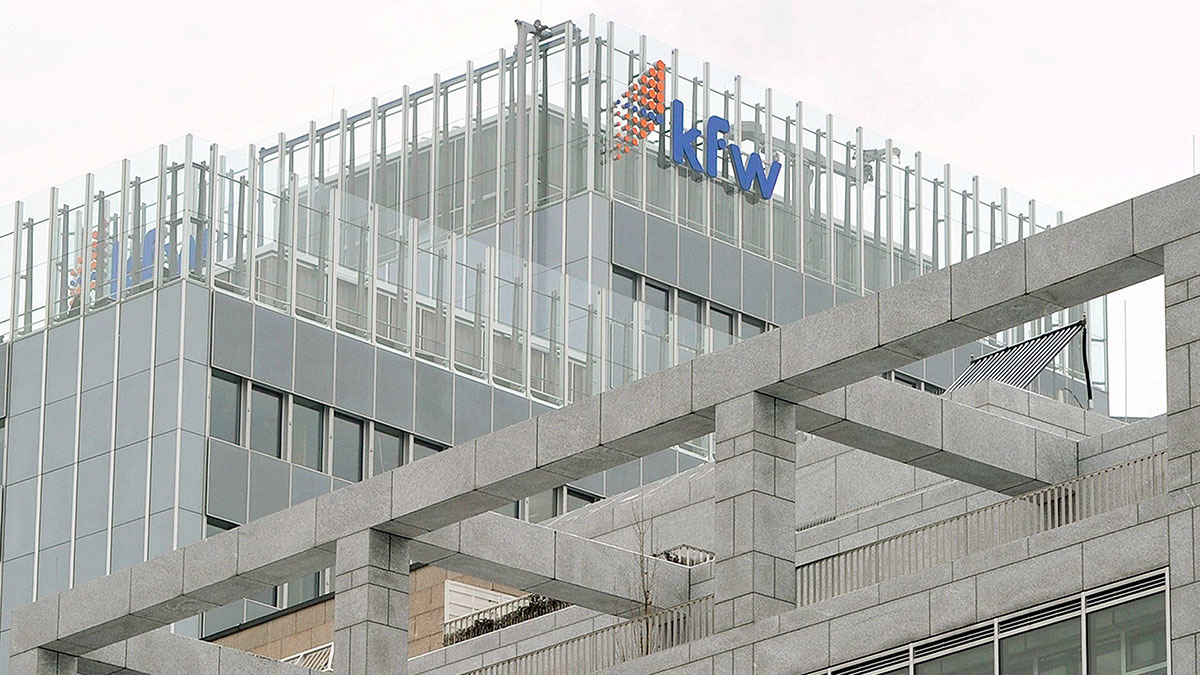
What is concentrated solar power or CSP?
The Noor Ouarzazate solar thermal power plant uses concentrated solar power, also known as CSP technology.
According to WTS Energy, ‘it is a technology that uses mirrors or lenses to concentrate sunlight onto a receiver. The receiver absorbs the concentrated sunlight and converts the thermal energy into electricity’.
The main advantage of this type of technology is that the energy is stored and generates electricity regardless of whether the sun is shining or not, as the heat is concentrated in a fluid. Another advantage is that it has a higher generation capacity than photovoltaics.
The main disadvantage is that it uses too much water to cool the chemical reactors and move the steam turbines. This affects dams and it is not possible to rely on the sea due to the potential damage to the marine ecosystem.


